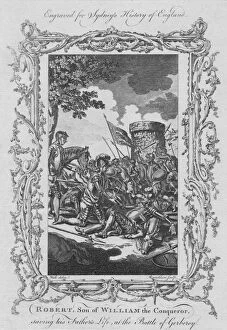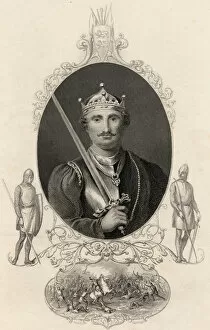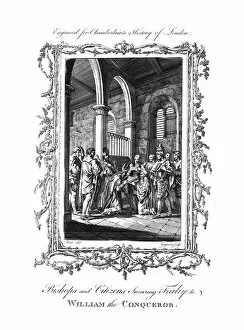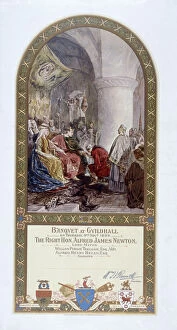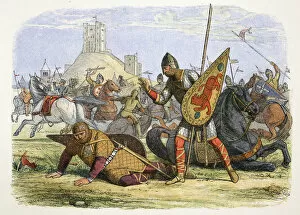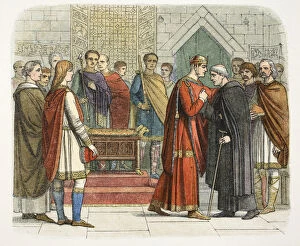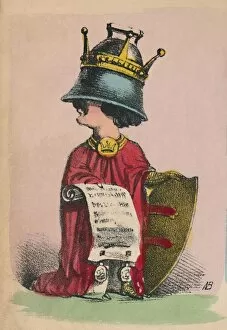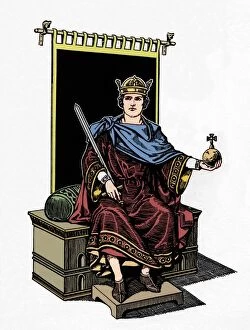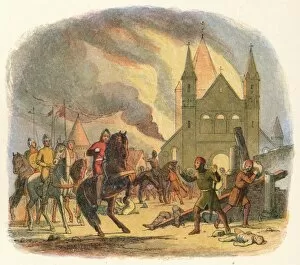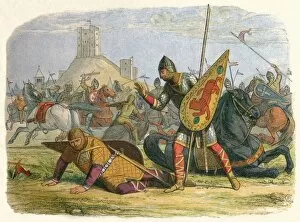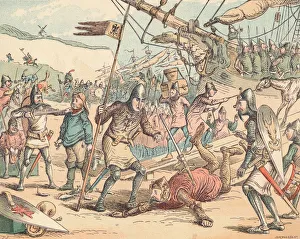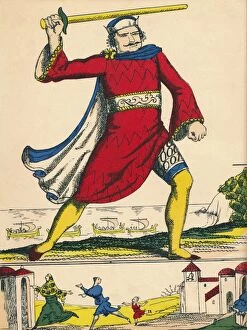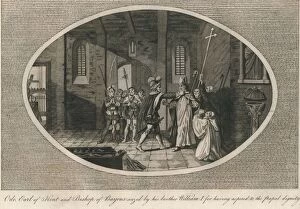William The Conqueror Collection (page 9)
"William the Conqueror: The Norman Invasion of England, 1066" Step back in time and witness the epic tale of William the Conqueror
All Professionally Made to Order for Quick Shipping
"William the Conqueror: The Norman Invasion of England, 1066" Step back in time and witness the epic tale of William the Conqueror, a legendary figure who forever changed the course of English history. The Bayeux Tapestry, a masterpiece portraying the dramatic events of the Norman Conquest, unfolds before your eyes. As you explore this captivating artwork, imagine yourself aboard William's invasion fleet as he steers his ship with a signal lantern on its mast and stern. Gaze upon a map of England in 1066 and marvel at how it was transformed by this audacious conqueror. A feast depicted in intricate detail on the Bayeux Tapestry transports you to late 11th century celebrations filled with grandeur and revelry. Guillaume le Conquerant comes to life through a vivid coloured engraving, capturing his regal presence and indomitable spirit. Discover King Edward VII's descent from William the Conqueror through an enchanting colour lithograph that connects generations across centuries. Standards of Old England wave proudly in another lithograph, symbolizing both unity and conquest under William's reign. Behold King William himself as represented on his seal from 1870 - an emblematic image that encapsulates his power and authority. Learn about Harold II, last Anglo-Saxon king of England during this tumultuous period when two worlds collided. Immerse yourself further into history by visualizing the very ship that carried William across the English Channel in 1066 - a formidable vessel that witnessed one man's ambition become reality. Join us on this journey through time as we unravel tales of bravery, conflict, and triumph brought forth by none other than William the Conqueror - an extraordinary leader whose legacy continues to shape our understanding of medieval Europe.

